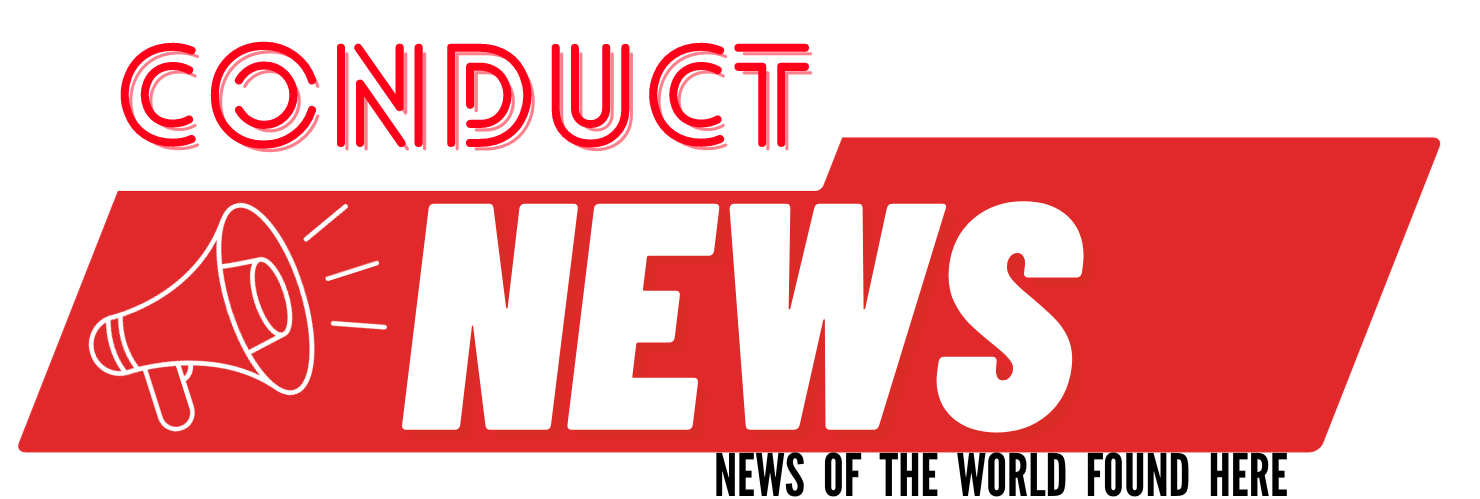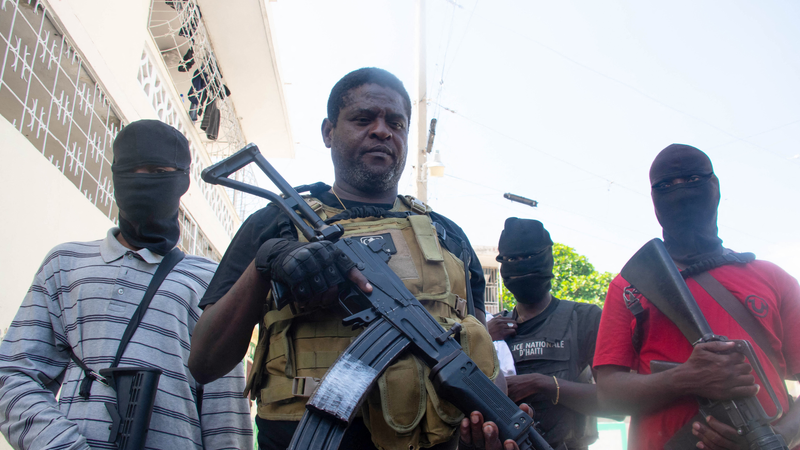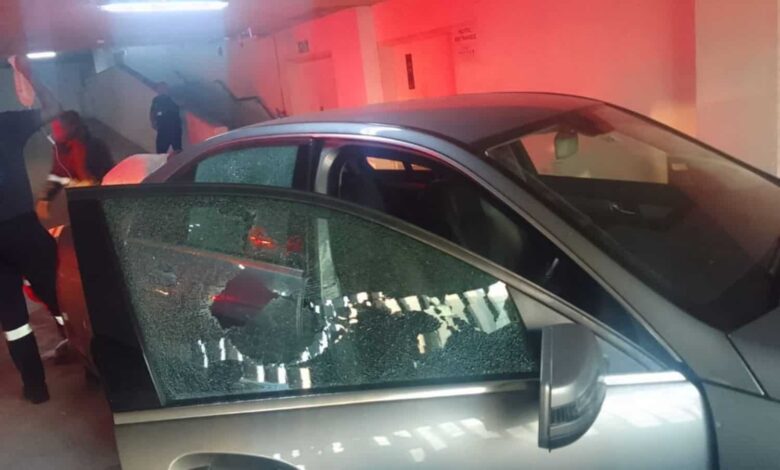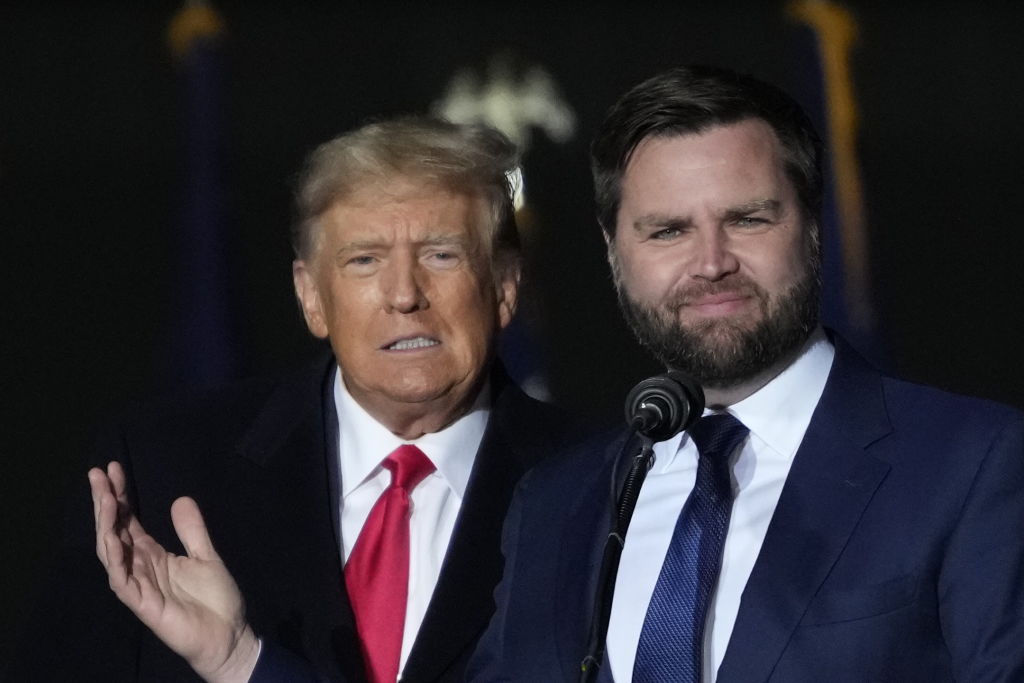Residents of the small, financially struggling Caribbean nation of Haiti have experienced firsthand the horrors of armed gangs, formerly backed by political figures, seizing power and assuming control of the island nation, resulting in the displacement of thousands.
Through violence, extortion, and kidnappings, Haiti harbors nearly 200 armed gangs within its borders, with approximately 95 operating solely in the capital city of Port-au-Prince, as per research conducted by the Global Initiative Against Transnational Organized Crime.
In recent weeks, international media outlets have been abuzz with the escalating situation in Haiti following the ousting of Prime Minister Ariel Henry and the emergence of a new leader.
Jimmy Chérizier, former police officer and leader of the G9 gang responsible for uniting gangs in the capital, has stepped into the spotlight amidst the collapse of the Haitian government.
During an interview with Al Jazeera, Chérizier asserted that the gangs are striving for the best interests of Haiti, a vision he claims was not pursued by former leaders, including the late President Jovenel Moïse, who was assassinated on July 7, 2021.
Chérizier emphasized that decisions regarding Haiti’s future should be made by its own people, not by external influences.
“It’s not just individuals with firearms who have contributed to the country’s deterioration, but politicians as well,” Chérizier stated.
The emergence of Haitian gangs didn’t happen overnight; rather, they were allowed to flourish by state leaders to carry out illicit activities, as indicated in the report.
A timeline constructed by the authors illustrates that armed gangs have been intertwined with the Haitian government since 1958, during the reign of ‘Papa Doc’ Duvalier’s coup.
The report outlines how political and state figures utilized armed gangs to eliminate rivals and incite unrest as needed.
Between 1994 and 2004, youths from working-class neighborhoods associated with Aristide’s Lavalas political movement formed local self-defense groups. Jean-Betrand Aristide was President from 2001 to 2004.
“Over time, these youth gangs became integrated with the state police to establish a faction loyal to Aristide and Fanmi Lavalas – the social-democratic political party stemming from the movement. These gangs gained dominance over the communes of Cité Soleil,” the report stated.
Their authority, sway, strategies, and armaments have grown and refined over the past two decades, spanning the administrations of Haiti’s leaders from Aristide onward, including Boniface Alexandre, René Préval, Michel Joseph Martelly, Jovenel Moïse, up to the most recent Prime Minister, Henry.
Enter Jimmy “Barbeque” Chérizier.
It was during Moïse’s reign, amidst allegations implicating his wife in his assassination, that Chérizier began ascending to prominence by forging alliances with rival gangs in Port-au-Prince.
In 2017, amidst the Grand Ravine massacre, 200 Haitian police conducted a raid in the Grand Ravine area as part of an anti-gang operation, resulting in the wrongful execution of innocent civilians on a school campus.
A year later, individuals within Moïse’s administration purportedly aided in massacres by supplying gangs with funds, weaponry, police attire, and government vehicles utilized in assaults across Port-au-Prince.
In reaction to the surge in violence and to consolidate control in the capital, Chérizier consolidates G9 with some of the most influential gangs in Port-au-Prince, forming his own federation.
The G9 gang reportedly maintains ties with the social-democratic ruling party, whereas the G-pep, a rival gang in the capital, is linked with the opposition party, according to the report.
Since then, these two gangs have experienced exponential growth in both power and scale, perpetuating their conflict against each other. Meanwhile, in the backdrop of this violence, hundreds of thousands of Haitians have been forced to abandon their homes and seek refuge, as any semblance of government authority has dissolved into oblivion.
Initially aligned with Prime Minister Henry, Chérizier subsequently demanded his ouster from office amid increasing suspicions of Henry’s connection to the assassination of President Moïse. This was fueled by allegations of Henry’s association with the primary suspect in Moïse’s murder, Joseph-Félix Badio.
As Port-au-Prince grapples with the economic and social collapse exacerbated by rampant gang violence, only a handful of essential institutions cling to operation, yet even they confront an impending peril.
Security forces in Haiti thwarted an assault on the central bank, resulting in the deaths of at least three individuals, amidst escalating gang violence in the capital of Port-au-Prince, as reported by AFP on Tuesday.
The head of the UN children’s agency delivered a bleak evaluation of the tumultuous state in Haiti, likening it to a dystopian scenario reminiscent of “Mad Max,” portraying a world of lawlessness and violence in a post-apocalyptic setting.
“Many, many people there are suffering from serious hunger and malnutrition and we’re not able to get enough aid to them,” UNICEF executive director Catherine Russell told CBS.
“It’s almost like a scene out of ‘Mad Max.’ That’s what it seems like,” Russell was quoted saying.






